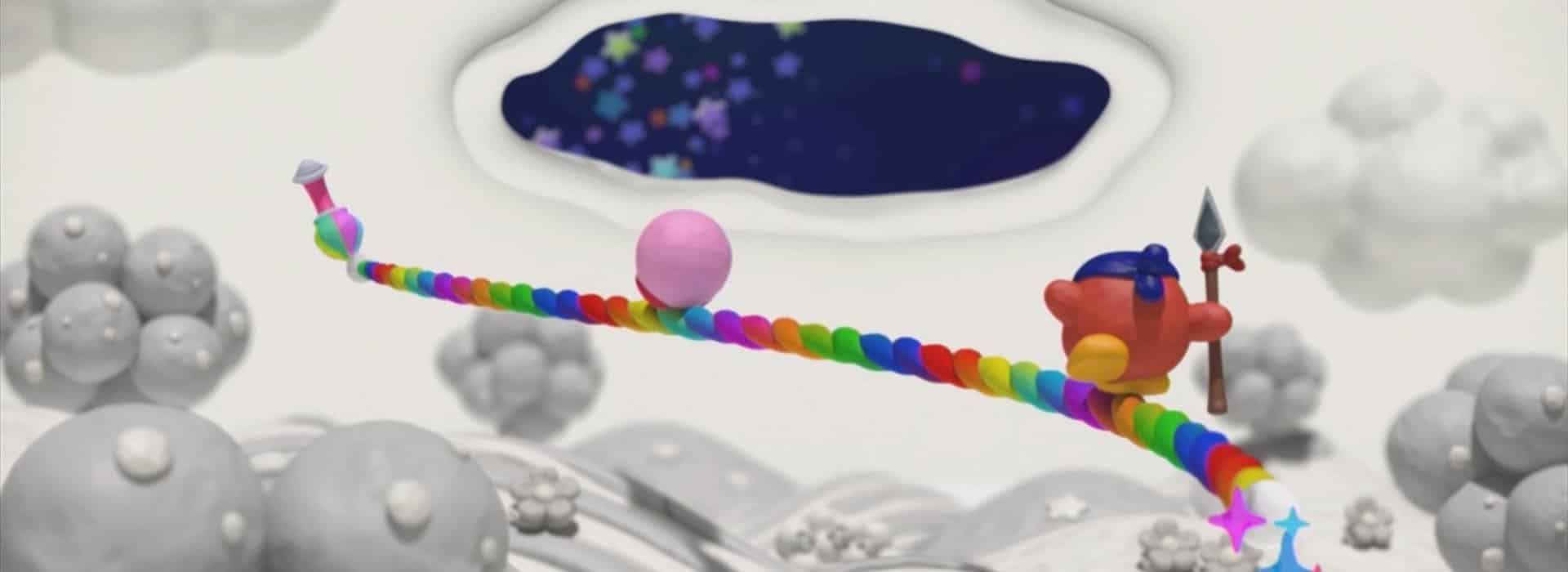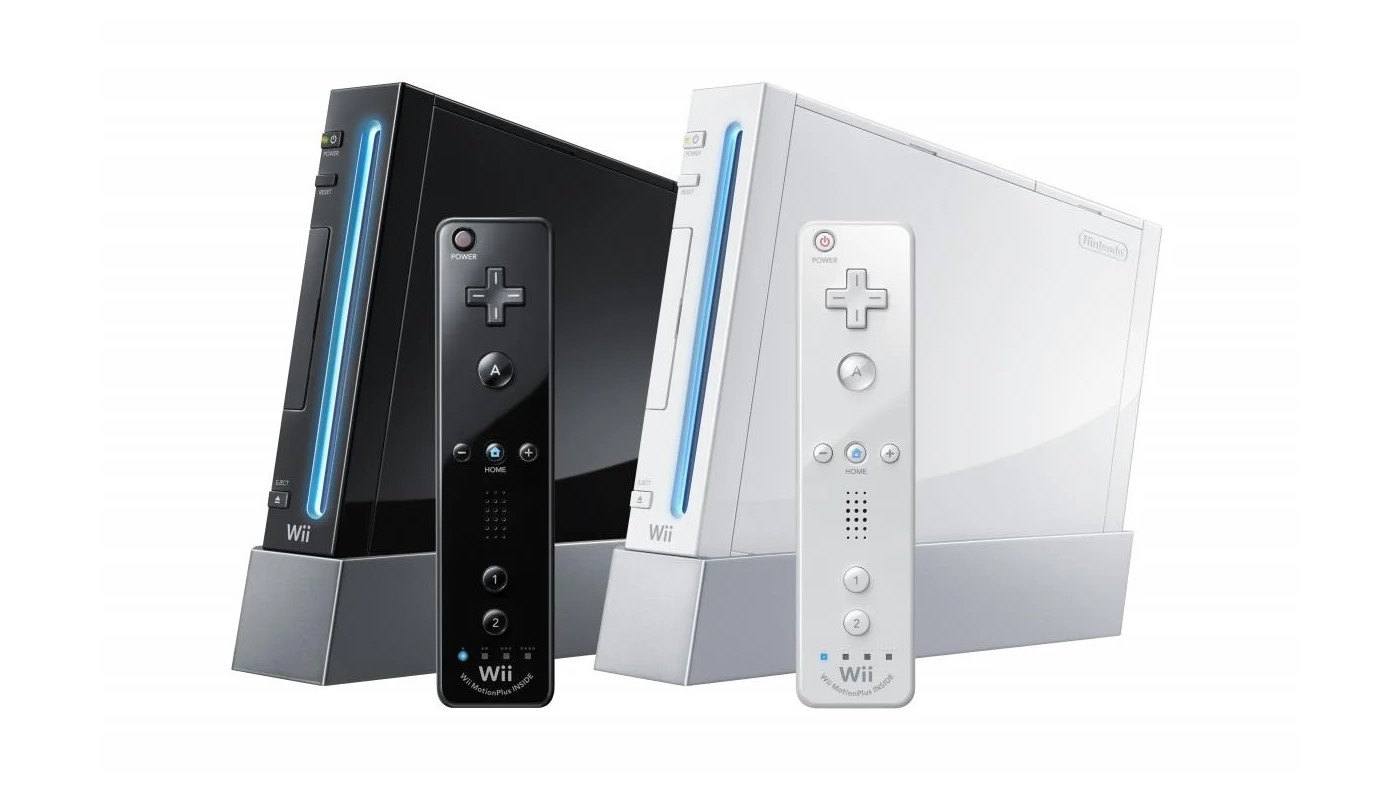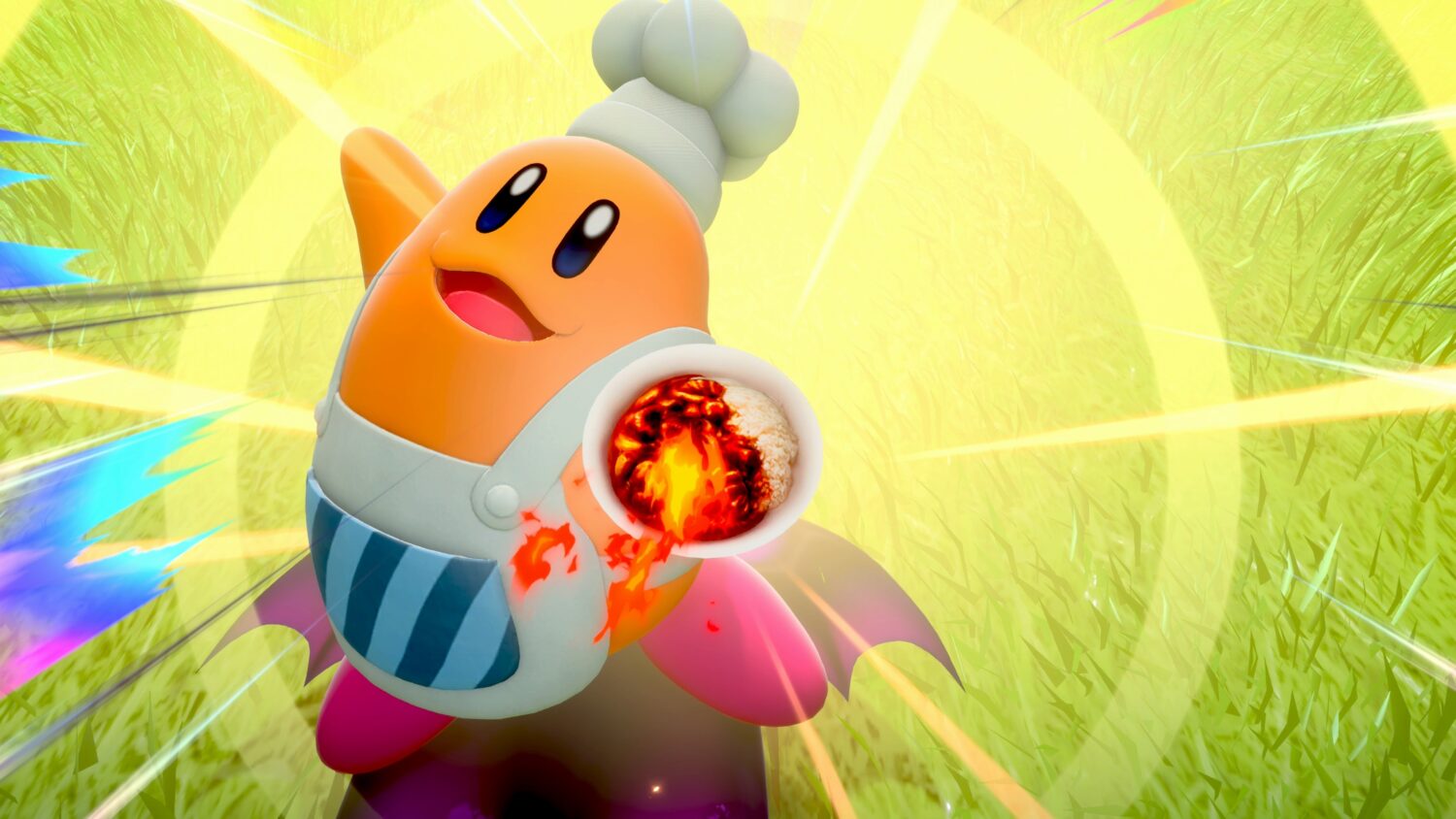Kirby and the Rainbow Paintbrush: HAL Laboratory’s Clay-Based Wii U Masterpiece Reviewed
Nintendo’s creative legacy has long been marked by its willingness to innovate both in gameplay mechanics and visual presentation, and the Kirby franchise is a prime example.
HAL Laboratory once again channeled its signature charm and inventiveness with the 2015 release of Kirby and the Rainbow Paintbrush for the Wii U, known in some regions as Kirby and the Rainbow Curse.
After having captivated audiences with the patchwork world of the 2010 Wii hit Kirby’s Epic Yarn, HAL Laboratory set out to reimagine their iconic pink hero in a new tactile form—clay.
A Visually Captivating Adventure on Wii U From the opening moments, Kirby and the Rainbow Paintbrush delivers a memorable aesthetic experience, immersing players in a vibrant world that feels sculpted by hand.
The storyline revolves around the villainous artist Claycia, who steals the color from Dream Land to build her own realm, Seventopia.
With the help of the magical paintbrush Elline and faithful companion Waddle Dee, Kirby embarks on a quest to restore the world’s lost hues.
The blend of cutscene charm and claymation detail is immediately striking, making the adventure as delightful to watch as it is to play. Innovative Use of the Wii U GamePad As the spiritual successor to Kirby: Power Paintbrush (released as Kirby: Canvas Curse on Nintendo DS), Rainbow Paintbrush once more shifts focus from traditional platforming to touchscreen-driven mechanics.
Players use the Wii U GamePad stylus to draw rainbow ropes, guiding Kirby through stages with creative pathways, loops for speed boosts, and barriers against hazards.
This system also introduces asymmetric multiplayer—the GamePad holder manipulates ropes and guides Kirby, while up to three others, using Wii Remotes or the Wii U Pro Controller, control Waddle Dees on the TV, opening up cooperative action and unique gameplay dynamics. Stylus-based controls feel accessible and intuitive, inviting gamers of any age to join the adventure.
However, some design choices surrounding rope erasure can disrupt the flow, as ropes must be overwritten to be removed—a process that, at times, can be cumbersome compared to waiting for them to fade naturally. Evolving Level Design and Vehicle Transformations Kirby and the Rainbow Paintbrush impresses with a diverse array of levels and transformations.
In aquatic stages, for instance, Kirby dons a snorkel and players manipulate floating ropes with new physics.
Certain levels introduce transformation canvases—opportunities for Elline’s magic to turn Kirby into a tank, submarine, or rocket, mixing the core rope-guiding formula with engaging vehicular challenges.
Replay Value and amiibo Integration The main Story Mode can be completed in about six hours, leaving enthusiasts to pursue additional objectives in Challenge Mode, search for collectible Secret Diary pages and treasure chests, and enjoy elaborately crafted clay figurines and music tracks unlocked throughout the adventure.
amiibo support, covering Kirby, King Dedede, and Meta Knight, provides modest enhancements such as unlimited Star Dashes or extended health, though their impact is mostly peripheral to the core experience. Critical Reception and Legacy Reviewers consistently praised Kirby and the Rainbow Paintbrush for its bold clay visual style and family-friendly gameplay, even as some lamented the limited interaction with environments compared to Kirby’s Epic Yarn.
While the innovative mechanics and cooperative play shine, the game’s brevity and mild difficulty left some fans wanting more.
Nonetheless, it stands as one of the most visually delightful titles in the Wii U library and a testament to HAL Laboratory’s enduring creativity within Nintendo’s celebrated platforming catalog. Version reviewed: Wii U.
Review copy provided by Nintendo.
HAL Laboratory once again channeled its signature charm and inventiveness with the 2015 release of Kirby and the Rainbow Paintbrush for the Wii U, known in some regions as Kirby and the Rainbow Curse.
After having captivated audiences with the patchwork world of the 2010 Wii hit Kirby’s Epic Yarn, HAL Laboratory set out to reimagine their iconic pink hero in a new tactile form—clay.
A Visually Captivating Adventure on Wii U From the opening moments, Kirby and the Rainbow Paintbrush delivers a memorable aesthetic experience, immersing players in a vibrant world that feels sculpted by hand.
The storyline revolves around the villainous artist Claycia, who steals the color from Dream Land to build her own realm, Seventopia.
With the help of the magical paintbrush Elline and faithful companion Waddle Dee, Kirby embarks on a quest to restore the world’s lost hues.
The blend of cutscene charm and claymation detail is immediately striking, making the adventure as delightful to watch as it is to play. Innovative Use of the Wii U GamePad As the spiritual successor to Kirby: Power Paintbrush (released as Kirby: Canvas Curse on Nintendo DS), Rainbow Paintbrush once more shifts focus from traditional platforming to touchscreen-driven mechanics.
Players use the Wii U GamePad stylus to draw rainbow ropes, guiding Kirby through stages with creative pathways, loops for speed boosts, and barriers against hazards.
This system also introduces asymmetric multiplayer—the GamePad holder manipulates ropes and guides Kirby, while up to three others, using Wii Remotes or the Wii U Pro Controller, control Waddle Dees on the TV, opening up cooperative action and unique gameplay dynamics. Stylus-based controls feel accessible and intuitive, inviting gamers of any age to join the adventure.
However, some design choices surrounding rope erasure can disrupt the flow, as ropes must be overwritten to be removed—a process that, at times, can be cumbersome compared to waiting for them to fade naturally. Evolving Level Design and Vehicle Transformations Kirby and the Rainbow Paintbrush impresses with a diverse array of levels and transformations.
In aquatic stages, for instance, Kirby dons a snorkel and players manipulate floating ropes with new physics.
Certain levels introduce transformation canvases—opportunities for Elline’s magic to turn Kirby into a tank, submarine, or rocket, mixing the core rope-guiding formula with engaging vehicular challenges.
Replay Value and amiibo Integration The main Story Mode can be completed in about six hours, leaving enthusiasts to pursue additional objectives in Challenge Mode, search for collectible Secret Diary pages and treasure chests, and enjoy elaborately crafted clay figurines and music tracks unlocked throughout the adventure.
amiibo support, covering Kirby, King Dedede, and Meta Knight, provides modest enhancements such as unlimited Star Dashes or extended health, though their impact is mostly peripheral to the core experience. Critical Reception and Legacy Reviewers consistently praised Kirby and the Rainbow Paintbrush for its bold clay visual style and family-friendly gameplay, even as some lamented the limited interaction with environments compared to Kirby’s Epic Yarn.
While the innovative mechanics and cooperative play shine, the game’s brevity and mild difficulty left some fans wanting more.
Nonetheless, it stands as one of the most visually delightful titles in the Wii U library and a testament to HAL Laboratory’s enduring creativity within Nintendo’s celebrated platforming catalog. Version reviewed: Wii U.
Review copy provided by Nintendo.





